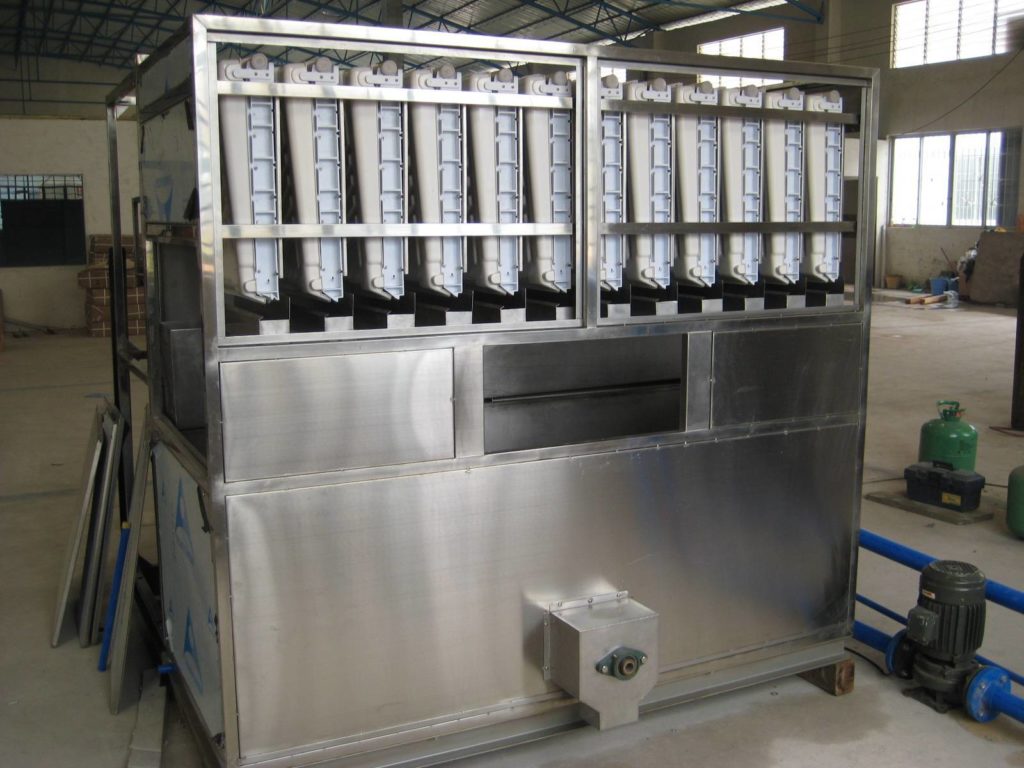There are numerous numbers of methods to layout a large, different commercial ice maker — all you require is a refrigeration system, a water supply and some way of accumulating the ice that forms. In this method, the metal ice tray is joined to a set of coiled heat-interchanging pipes like the ones on the back of your refrigerator. If you’ve gone through and have knowledge about how refrigerators work, then you know how these pipes work. A compressor operates a stream of icebox fluid in a continual cycle of moisture and growth. Commonly, the compressor forces icebox or the container through a small tube (called the condenser) to liquefy it, and then sets free into a big tube (called the evaporator), where it can become larger.
Compressing the icebox elevates its pressure, which increases its temperature. As the container passes through the small condenser coils, it loses heat to the cooler air outside, and it condenses into a liquid. When the compressed liquid passes through the elaborated valve, it vaporizes — it increases in size to become a gas. This evaporation method takes in air and let out heat energy from the metal pipes and the air around the container. This cools the pipes and the joined metal ice tray. The icemaker has a water pump, which pulls water from a collection swamp and gushes out over the chilled ice tray. As the water flows over the tray, it slowly freezes, forms ice cubes in the well of the tray. When you freeze water layer by layer this way, it forms clear ice. When you freeze it all at once, as in the home icemaker, you get foggy ice.
After a set amount of time, the icemaker set off a solenoid valve jointed to the heat-interchanging coils. Switching this valve alters the path of the container. The compressor stops forcing the heated gas from the compressor into the small condenser; instead, it forces the gas into a big diversion tube. The hot gas is rotated back to the evaporator without condensing. When you force this hot gas through the evaporator pipes, the pipes and the ice tray heat up speedily, this slackens the ice cubes.
Usually, the individual cube chambers are tilted so the slackened ice will glide out on their own, into a collection container. Some systems have a cylinder generator that provides the tray a little push, banging the cubes loose. This kind of system is famous in restaurants and hotels since it makes ice cubes with a standard shape and size. Other businesses, such as grocery stores and scientific research companies, require smaller ice flakes for packing biodegradable items.
